Guild Polara review – an attention-grabbing rock machine
The most affordable addition to Guild’s reborn Polara series is no shrinking violet – it’s a focused dual humbucker double cut that won’t let you down
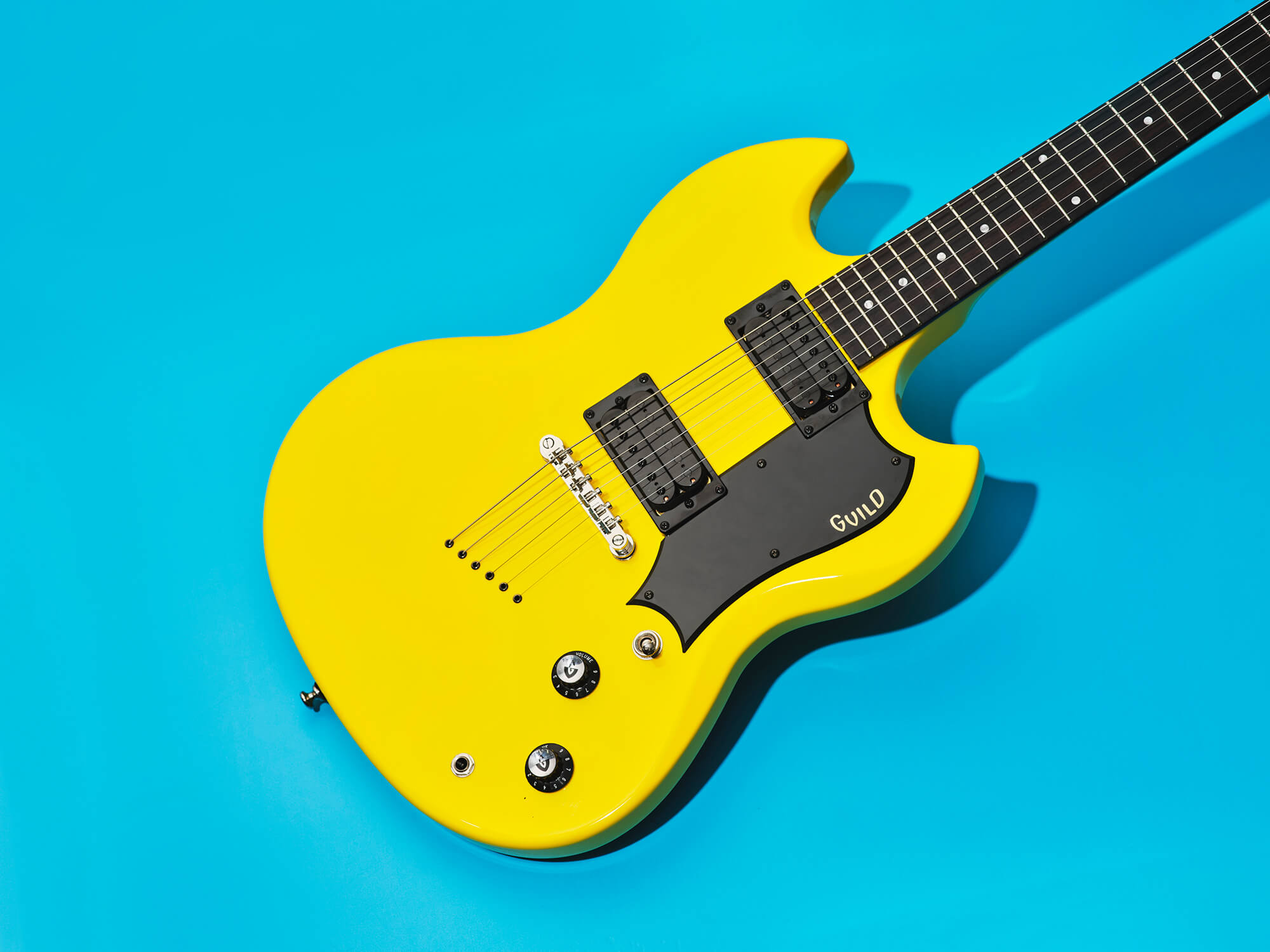
Image: Adam Gasson for Guitar.com
Review Overview
Our rating
8
Our verdict
$549, guildguitars.com
Ever since the company’s 1960s heyday, Guild Guitars has been finding its way into the hands of artists who do things a little bit differently, and that’s especially true of the S-100. The brand’s funhouse mirror interpretation of the venerable SG has been played by scores of achingly cool outsiders over the years, including Carrie Brownstein, Stephen Malkmus, Ian Hunter and of course, current S-100 signature owner Kim Thayil.
Are the Guild S-100 and Polara the same guitar?
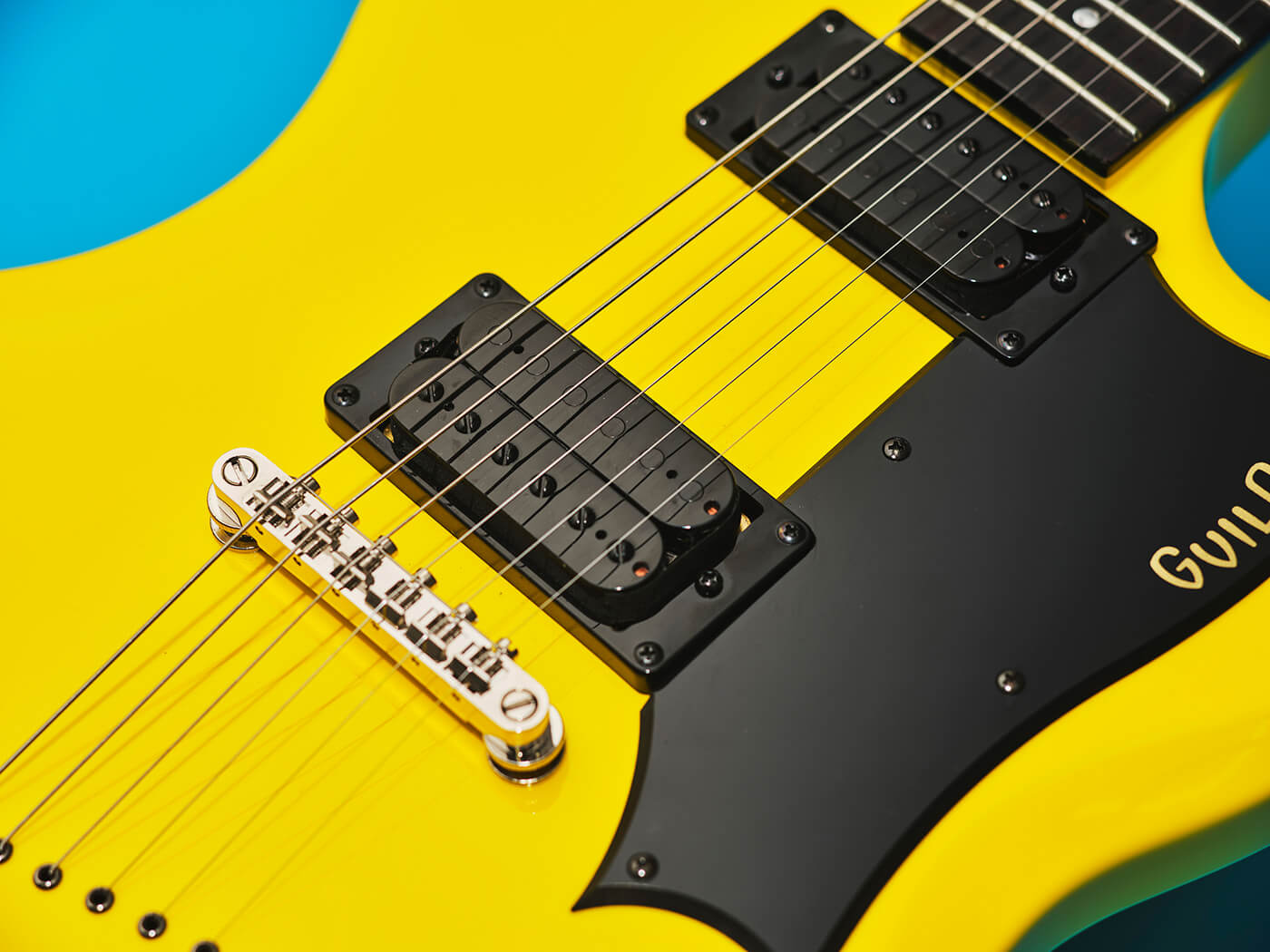
Interestingly for this latest revival of its most beloved solid-body in 2024, Guild has decided to retire the S-100 name for all but its USA-made Kim Thayil models – the oft-seen secondary name Polara is now what the import guitars are called, whether that’s a Thayil, the newly launched Deluxe or this, the most affordable entrant into the conversation, the Polara Standard.
That break from tradition might not appeal to the old-school S-100 fans, but it’s easy to see why Guild and new parent company Yamaha have made the move – the Polara is a much more distinctive and unique name for reaching a new audience than a bunch of letters and numbers, let’s face it.
What’s the difference between the standard Guild Polara and Deluxe?
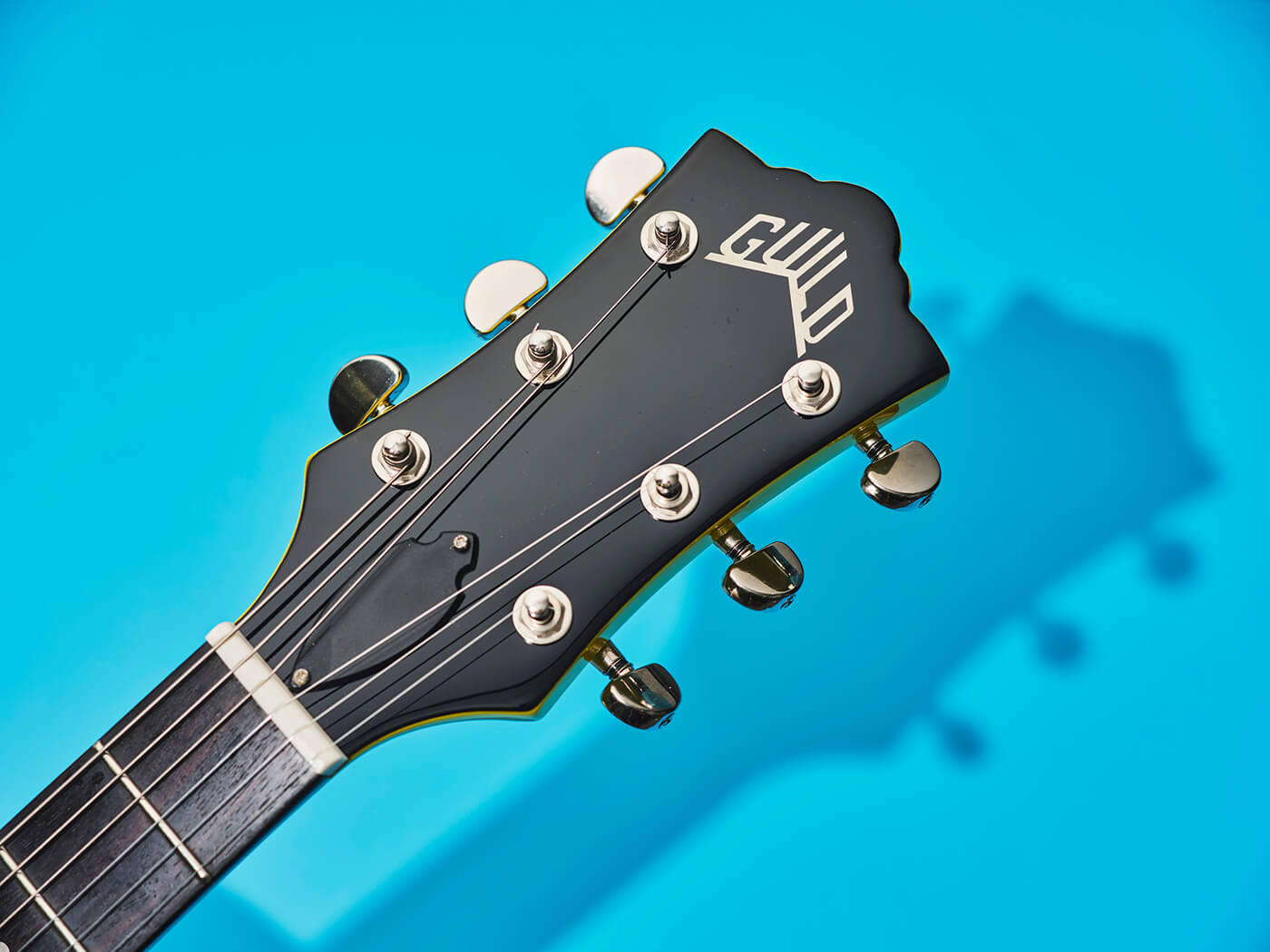
The Polara is the most affordable entrant into the range, and unlike the Deluxe – which was obviously trying to keep things as vintage-vibed as possible, it’s definitely its own thing.
So, instead of two covered HB-2+ humbuckers, you get mean-looking black-on-black uncovered examples of the same thing. There’s a simplified control layout with just a master volume and tone. You also get through-body stringing instead of Guild’s compensated stopbar tailpiece, and a simplified headstock decal, plus a trio of very modern finish options with Blue Steel, Phantom Green and this striking Voltage Yellow. There’s also a single-pickup black-on-black ‘Night Edition’ version for the heavier-minded of us.
Now, it’s fair to say that Voltage Yellow falls into the category of an ‘acquired taste’ or Marmite-esque divisive – it’s a fair bit brighter and more gaudy than TV Yellow, for example. But I have to admit, the colour grew on me over time, and by the end of our time together I couldn’t help but grin when pulling this bright yellow rock monster out of its gig bag.
How does the Guild Polara feel to play?
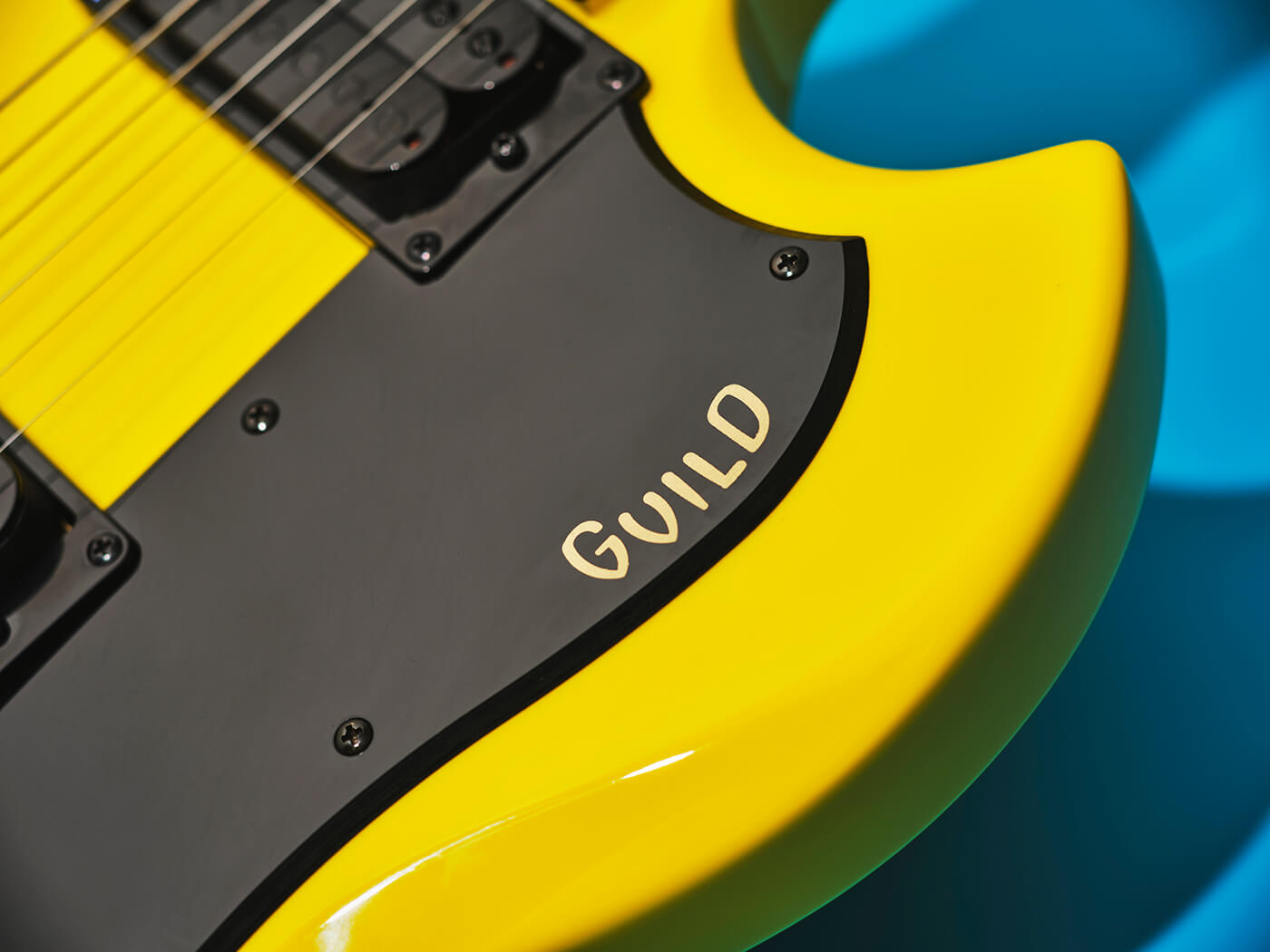
As you’d expect from a guitar that owes its inspiration to the Gibson SG, the Polara is a comfortably light and sleek guitar when strapped on, while the offset shape gives improved access up the neck.
That U-shaped neck is itself a compelling playing experience that quickly diverted me into hours of blissful classic rock riffery. Indeed, after just a few minutes with the Polara in my hands it feels like a guitar that’s been my touring companion for years.
A word too for the unbranded Rotomatic-style tuners – despite their OEM nature, these units prove to be impressively stable despite the obnoxious string bends I was throwing its way.
How does the Guild Polara sound?
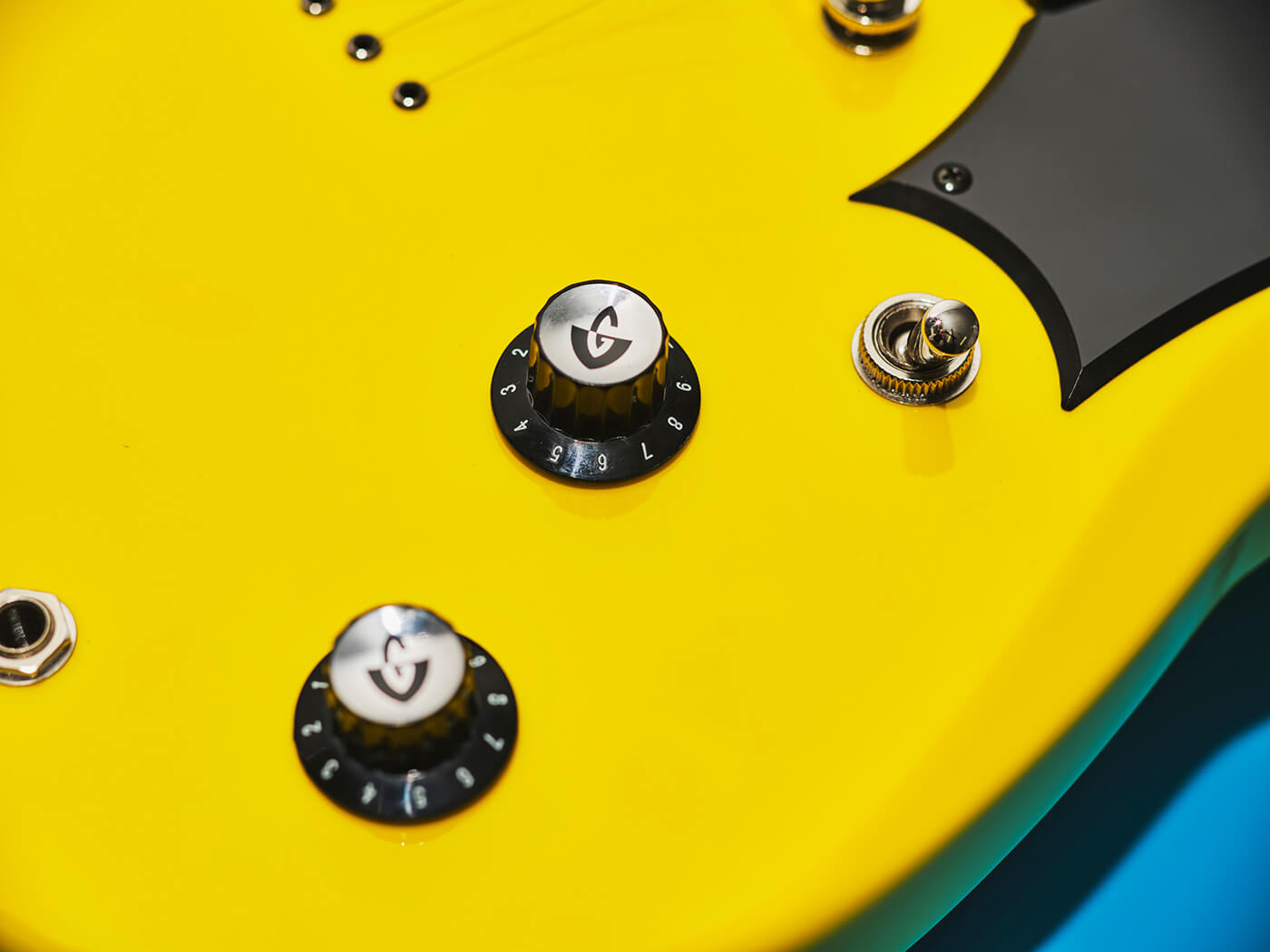
If the finish tempts you to not take this guitar seriously, plugging in will instantly disabuse you of that notion. This thing is an absolute monster. The coverless HB-2+ ‘buckers produce rock tones so warm and enjoyable you’d have Goldilocks complaining – despite my best efforts to crank up the gain in an attempt to find the point at which these pickups got muddy, I simply couldn’t find it. Instead we have excellent note separation even with lashings of gain. The string-through-body design also makes for some majestic sustain whether you’re playing lead or chordwork.
While I appreciate the Polara’s ‘get out of the way’ approach to rock-ready goodness, the drawback to this can be found in the spartan control layout. With just one master volume and one master tone knob, the versatility of the guitar is impacted greatly compared to the obvious Gibson comparison, especially when played clean setting. Here you do need the tone control to get as refined a tone as when you’re rocking out, and you really do feel its limitations as you’re trying to to achieve this.
Should I buy the Guild Polara?
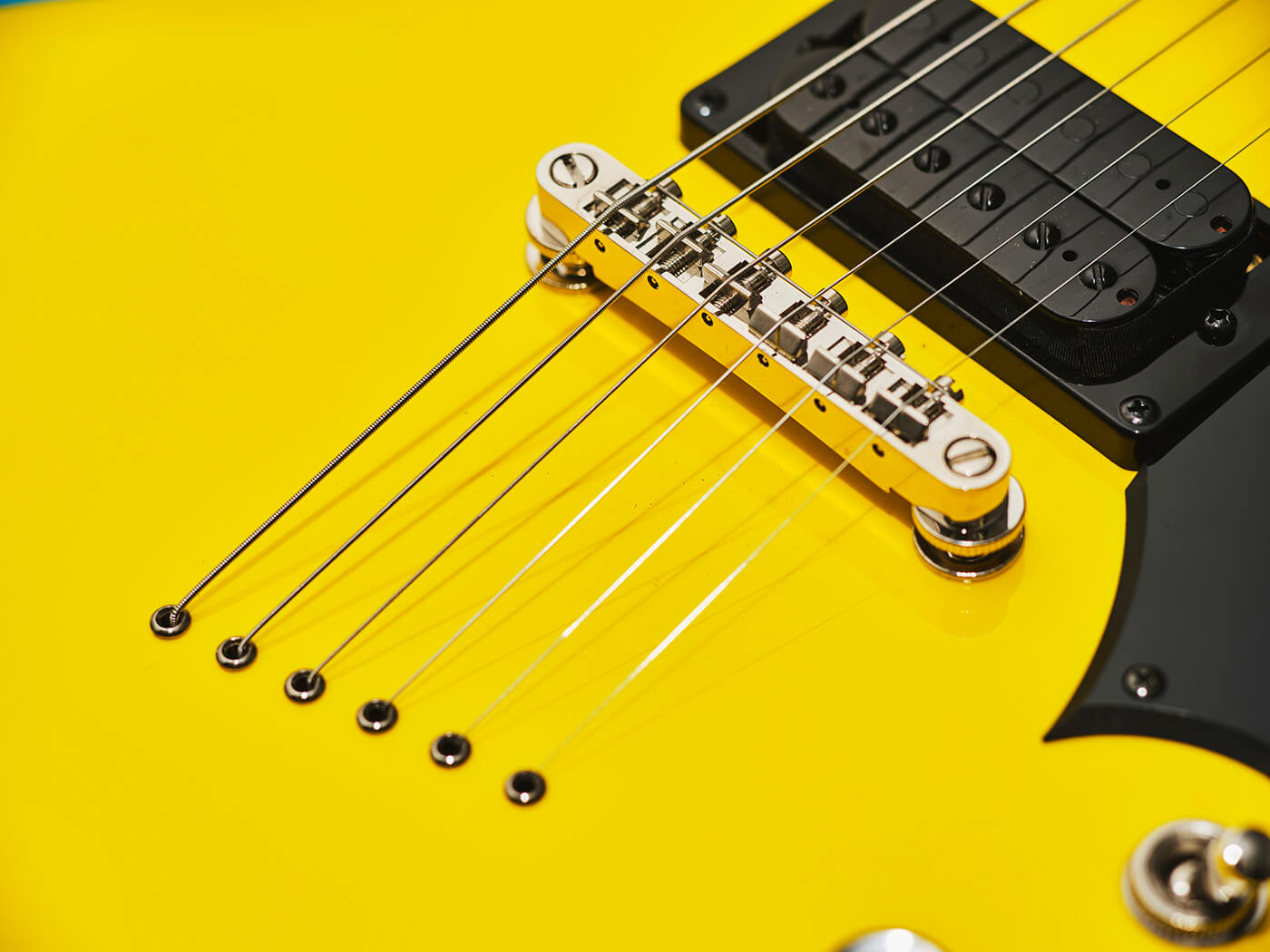
This doesn’t take away from the fact that the Polara is a visually striking, tone-packed rock machine. Every so often, a guitar comes along that reminds you exactly why you fell in love with the instrument in the first place, and for me this is one of those.
Is it the most versatile instrument I’ve ever played? No, but it’s a fun guitar that allows you to focus on what really matters – rocking out and playing music that shakes the walls and rattles the soul.
Guild Polara Alternatives
- Guild Polara Deluxe ($699)
- Epiphone Inspired By Gibson SG Standard ($499)
- LTD Viper-256 ($599)




